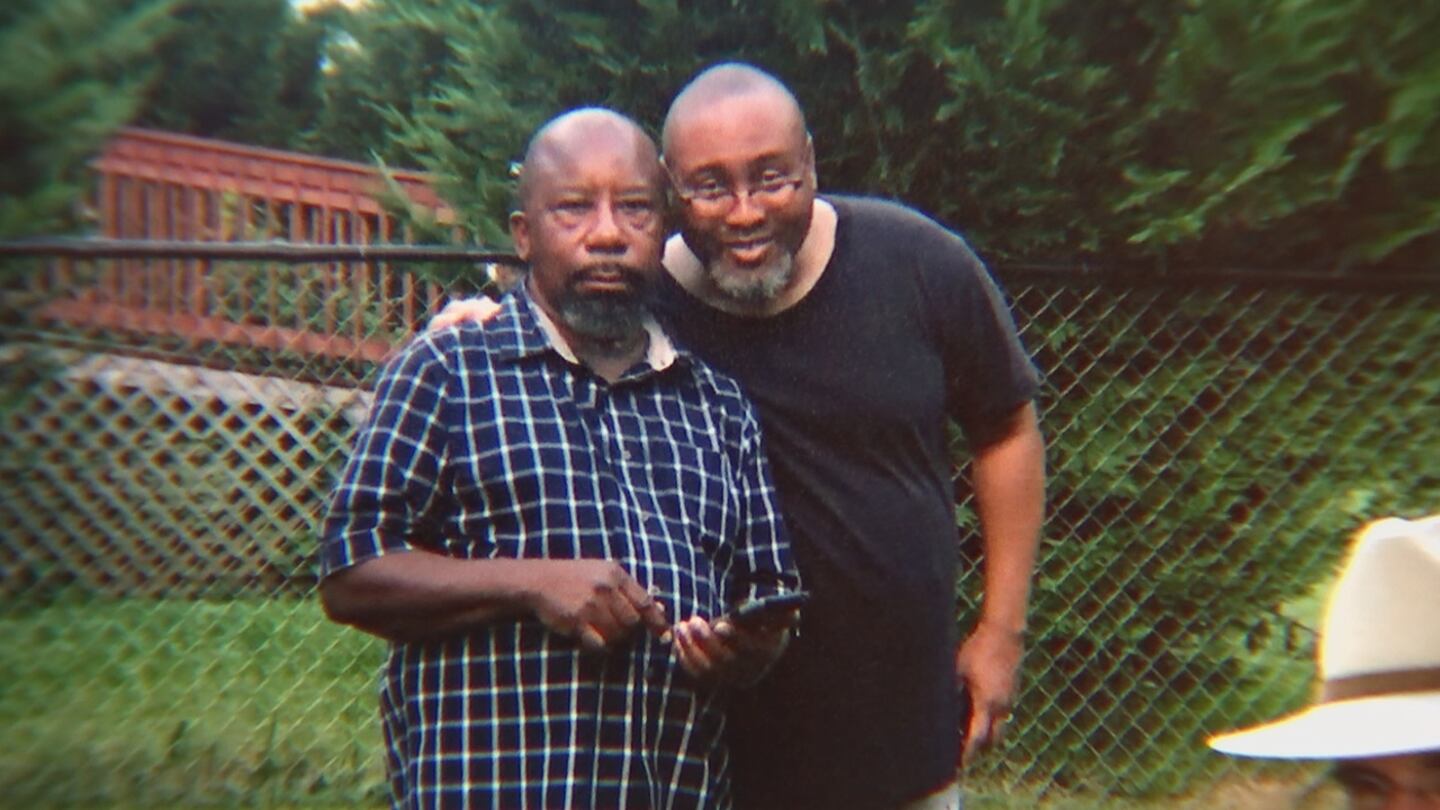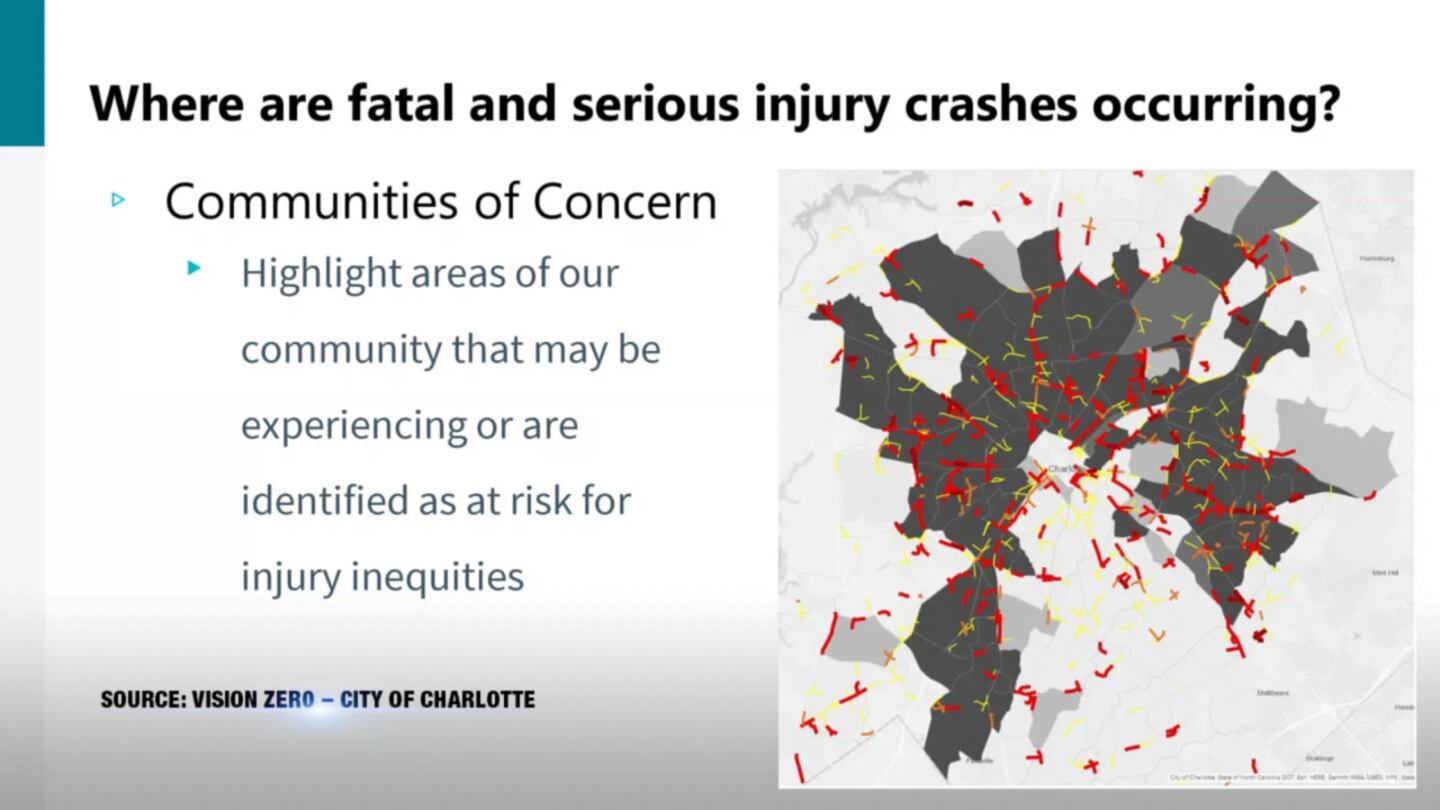CHARLOTTE, N.C. — Walking in Charlotte could be gambling with your life. Sidewalks suddenly end, some bus stops don't have sidewalks and people dart across roads without crosswalks.
So far this year, nine pedestrians have died along Charlotte roadways. It follows a deadly, record-breaking year for Charlotte pedestrian deaths.
[9 Investigates: Pedestrians risking it all to cross Independence Boulevard]
Daniel Wheeler was one of 27 pedestrians killed in 2017. He was a veteran, volunteer firefighter and EMT, an avid fisher, a family man and an older brother.
"You can't help but miss somebody that's full of life," said Henry Wheeler, Daniel Wheeler’s younger brother.
Daniel Wheeler was headed to work, where he was the maintenance man at this McDonald's on the corner of Monroe and Sardis Road North when he was killed. Police say the driver couldn't see properly through his icy windshield.
"He got off this particular bus stop right there and he crossed directly across,” said Henry Wheeler.
Just last year, 28 people died in pedestrian related accidents. Henry Wheeler said, “It's very difficult to hear about somebody else losing their family member like that."
Now, certain communities are trending more dangerous than others, according to Meg Fencil with Sustain Charlotte, a nonprofit that advocates for a sustainable and healthy community.
"There's a crescent that runs from east Charlotte to north Charlotte to west Charlotte and these areas tend to be lower household income, we see a lot of people walking and riding bicycles,” said Fencil. “These are the area where we are seeing the highest rates of pedestrian fatalities.”
Channel 9 reporter Elsa Gillis drove all over those neighborhoods and found many areas where sidewalks end all of sudden or where there are no sidewalks. Also, there are many bus stops and long stretches of roadway before a crosswalk is available.
Angela Berry with CDOT said they're focusing millions of bond and budget dollars into sidewalks and pedestrian crossing upgrades and, are working with CATS to make existing bus stops safer.
"It just has to do with how development has occurred in those neighborhoods. They were primarily built in the 1950s, '60s and '70s where we were an auto-oriented city,” said Berry. “Walkability is considered in everything that we build now.”
In the last 5 years, they've built 71 miles of sidewalks, along with 115 pedestrian crossing upgrades, like pedestrian signals and refuge islands.
And over the last year - the "Vision Zero" plan has taken off.
"Zero fatalities and serious injuries by 2030 is the goal," said Berry.
It's a tall order, but Berry said there's a team behind it.
"CMPD is very involved, the fire department is, MEDIC, Mecklenburg county public health, injury prevention specialists at the hospital," said Berry.
Vision Zero identified the communities of concern for all types of fatal and serious crashes that Fencil spoke of, which refer to the gray area on the map below. The red lines on the map refer to a "High Injury Network" of specific roadways across the city where investment is most urgent.
"My staff investigates every one of those fatal crashes and it hurts,” said Berry. “I think you have to say zero is the only number that's acceptable and that's what we're striving for."
Although walkability is a piece of the plan, Vision Zero also is working to make roads safer for every mode of transportation. Police are also actively patrolling the "High Injury Network" areas.
Fencil said Vision Zero, "if it is fully implemented and funded, will be revolutionary for Charlotte."
For Vision Zero to be successful, drivers and pedestrians need to slow down, keep an eye out, and be advocates for their neighborhoods.
[ALSO READ: How safe are Charlotte's light rail crossings?]
And that's what Henry Wheeler is doing in the name of his brother.
"Maybe through his death, with him helping people, we'll be able to help somebody you know, if it ain't but two or three," said Henry Wheeler.
Right now, the Vision Zero plan is funded through 2020. That's when the next bond vote happens, where Berry said the city will ask for more transportation funding.
Read more top trending stories on wsoctv.com:
- Stanly Co. sheriff: Suspect charged after 19-year-old woman dies from severe beating
- Some residents along Catawba River begin to evacuate homes as rain continues
- 'I heard my wife screaming': Tree crushes west Charlotte home, traps nearby residents
- FORECAST: Flood threat remains as Charlotte region enters day 4 of rain
- Car show participants have cars stolen from hotel parking lot in north Charlotte
Cox Media Group







